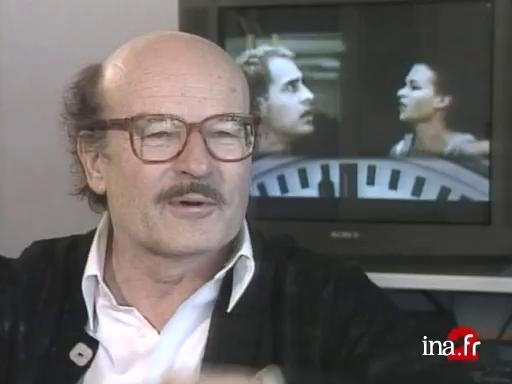Run Lola Run

Information
Presentation and excerpts from the film Run Lola Run, commented by German film-maker Volker Schlöndorff. This fast-paced film breaks traditional film rules by mixing three different plots, allowing the spectator to choose the development of the plot. Berlin is the main character of the film.
Context
An unexpected national success in the German cinema in 1998 - 2 million tickets sold - Run, Lola, Run (Lola rennt) by Tom Tykwer, who was self-taught, born in 1965 and future director of Perfume: The Story of a Murderer in 2006, at first seems to be a fashion film, influenced by the aesthetics of his time. With Techno music, co-written by the director, matching the shocking filming, as frenetic as the race of the young heroine with red hair, which put images of a different nature back-to-back: traditional shots, photos, animated sequences, and video takes.
It's in the structure of the film that it's true originality resides as Tykwer, the scriptwriter, juxtaposes three variations of the same plot. If this principle evokes Blind Chance by Krzysztof Kieslowski (1987) or Smoking/No Smoking by Alain Resnais (1983), it would be more the video game which is called into play.
But this composite film marks above all the historical return of German cinema to the front of the stage, which will soon strengthen the Good Bye Lenin! of Wolfgang Becker (2003).




